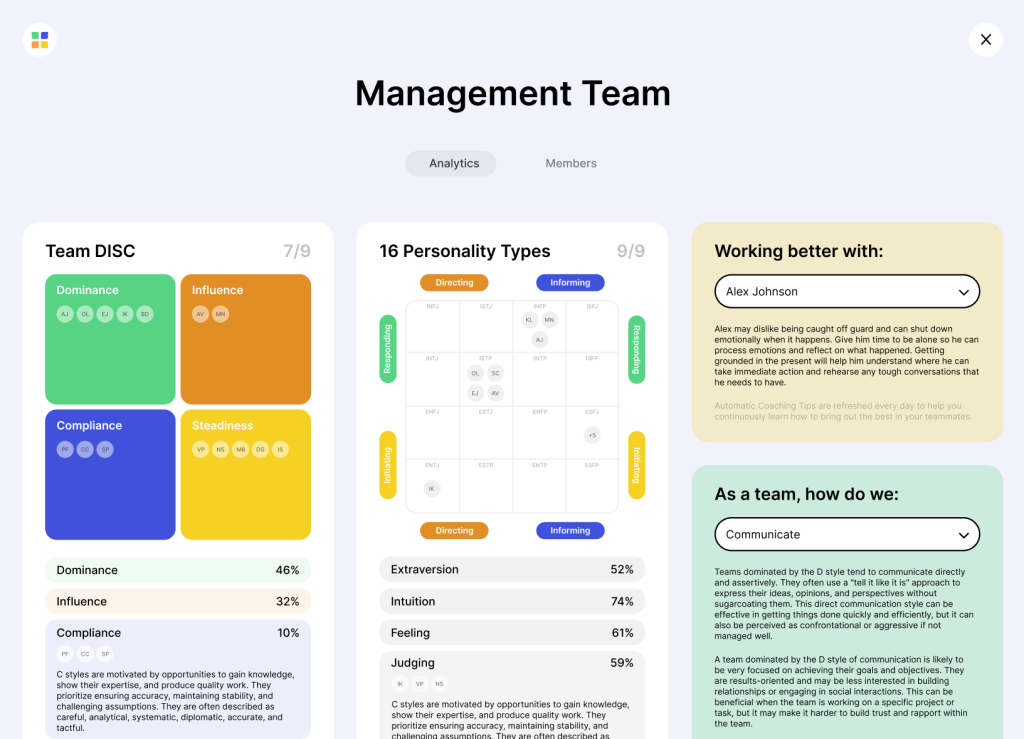Obsessive-compulsive disorder (OCD) is a mental health disorder that affects millions of people from all walks of life. It is also among the top 10 most disabling health illnesses among the general population.
Although most of us experience obsessive thoughts or compulsive behavior at some stage, this does not imply that we all have “some OCD.”
OCD isn’t about unhealthy habits like nail-biting or negative thinking. For example, an obsessive thought may be that you feel the need to make sure all your clothes are folded in a perfect and orderly manner.
Compulsive behavior may include washing hands many times after touching something potentially filthy. You may have tried various ways but still fail to stop yourself from imagining or doing these things.
In this post, we will discuss the definition of OCD as well as the many forms of OCD. We will also touch on OCD risk factors, diagnosis, and how to overcome this disorder.
What Is OCD (Obsessive-Compulsive Disorder)?
Obsessive-compulsive disorder is characterized by a pattern of intrusive thoughts and fears (obsessions). These thoughts lead you to engage in repetitive behaviors interrupting your daily lifestyle.
Obsessions are repetitive thoughts, visions, or emotions out of an individual’s control. Individuals suffering from OCD did not choose to experience these distressing thoughts. Most of them with OCD are usually aware that their obsessions are irrational.
Obsessions are sometimes supplemented by intense and unpleasant sensations such as fear, uncertainty, or a sense that everything must be done perfectly. In addition, obsessions are time-consuming and interrupt the individual from completing their important priorities.
The second element of obsessive-compulsive disorder is compulsions. Compulsions are recurring actions or thinking that individuals use to minimize, reduce, or eliminate their obsessions.
Individuals with OCD know that compulsive behaviors are merely short-term solutions. Without a better strategy to deal with their obsessions, they rely on the compulsion as a temporary diversion. Avoiding situations that evoke obsessions is another form of compulsion too.
OCD Types And Symptoms
Washing and Cleaning
- Washing hands repeatedly or in a particular manner
- Excessive showering, bathing, tooth brushing, grooming, or toilet habits
Repeating
- Performing everyday tasks repeatedly (examples: going up and down the stairs, getting up or down from chairs)
- Repeating body movement (examples: nodding, fidgeting, blinking)
- Performing activities repeatedly
Perfectionism-Related Obsessions
- Excessive concern for uniformity or perfection
- Excessive fixation on needing to know or remember things
- Fear of losing or forgetting valuable information
- Excessive concern with completing everything perfectly without any errors
- Fear of making mistakes
Contamination Obsessions
- Fear of contacting potentially contaminated things, such as body fluids (e.g., urine, feces), germs, etc.
How To Diagnose OCD Disorder?
The DSM-V diagnoses OCD based on the following criteria:
- Obsessions, compulsions, or both are present in the individual.
- Obsessions or compulsions consume a significant amount of the individual’s time (more than an hour per day).
- Obsessions or compulsions generate anxiety or interfere with involvement in social activities, work obligations, or other life events.
- The symptoms are not the result of drugs, alcohol, prescriptions, or any medical condition.
- Symptoms cannot be explained by another mental health condition (such as generalized anxiety disorder, eating disorder, or body image disorder).
OCD Causes and Risk Factors
OCD risk factors include:
- Age (OCD is more prevalent in older adolescents or young adults. It can start early during preschool or as old as 40 years old.)
- Hereditary Factors (Genes may have a role in OCD). Having someone diagnosed with OCD in the family raises the likelihood of developing OCD.)
- Existence of underlying mental or neurologic conditions
- PANDAS (Pediatric Autoimmune Neuropsychiatric Disorders Affecting Streptococcal Infections) is a childhood condition. It is usually the cause of OCD or a tic disorder.
- Emotional trauma ( OCD symptoms might emerge due to trauma or stress). It is frequently associated with major life events, such as the death of a loved one, etc.
- Pregnancy and Postnatal Phase (Hormones can cause OCD symptoms. Pregnancy could intensify OCD symptoms.)
- Serotonin deficiency (lack of serotonin, a natural chemical in the brain that promotes mental equilibrium)
- A history of childhood physical or sexual abuse
How To Treat & Overcome OCD Disorder?
Cognitive-behavioral therapy (CBT): Cognitive-behavioral therapy (CBT) is a form of psychotherapy. You will meet with a therapist who will assist you in exploring and understanding your thoughts and feelings. CBT can help you overcome disruptive behaviors over time and replace them with better coping mechanisms.
Medications: Another OCD treatment is medical drugs such as serotonin reuptake inhibitors (SRIs), selective SRIs (SSRIs), and tricyclic antidepressants. It usually takes 2 to 4 months to have an effect. These drugs will increase your serotonin levels. Examples include Citalopram (Celexa), escitalopram (Lexapro), fluoxetine (Prozac), fluvoxamine, paroxetine (Paxil), and sertraline.
Exposure and response prevention (EX/RP): This treatment involves activities that make you anxious. The healthcare practitioner then prohibits you from responding with your compulsion. For example, the practitioner may instruct you to touch something dirty and stop you from washing your hands.
Electroconvulsive therapy (ECT): Electroconvulsive therapy involves attaching electrodes to an individual head. Electric shocks are delivered to the brain via these electrodes. The shocks will create minor seizures that assist the brain produce beneficial chemicals.
Transcranial magnetic stimulation (TMS): Transcranial magnetic stimulation refers to inserting a magnetic device into the head. It will then send electrical signals to the brain. The impulses trigger the brain to produce chemicals that help to improve one’s mood.
Obsessive-Compulsive Disorder (OCD) FAQ
What are 5 of the main symptoms of OCD?
Although there are countless types of OCD, it has long been assumed that a person’s OCD tends to fit into one of these five symptoms, with themes frequently overlapping. The symptoms are checking, contamination / mental contamination, symmetry, and ordering, ruminations / intrusive thoughts, and hoarding.
What are the three most common types of OCD?
The three most common types of OCD are organization, contamination, and intrusive thoughts. Organizational OCD is characterized by obsessions with objects needing to be placed in the exact position or symmetrical. Contamination is made up of two general themes.
The first is the belief that non-viral diseases are spread by contact or proximity. The second is that mundane things, feelings, and words may make the individual feels dirty. Finally, intrusive thoughts randomly cause upsetting and frequently repulsive thoughts to enter people’s brains.



